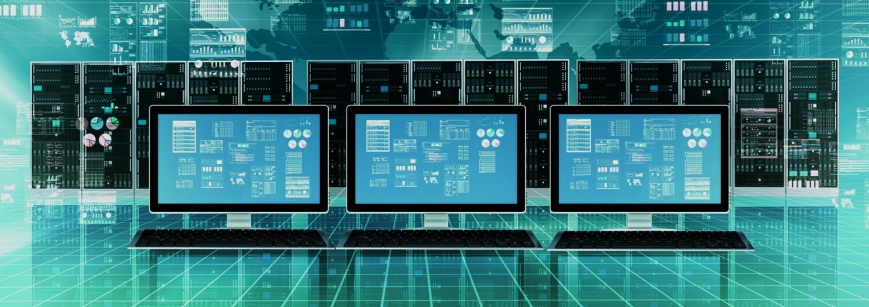Software development in Melbourne is a passion for many developers to create business efficiency and enhancement for clients all over the world through smart application of automation methods. Software development in the area is a growing industry. Vendors provide business solutions via custom and web development which is the core element of the firm.
Working together and understanding the business of the customer helps service providers in Melbourne give suggestions and comments on software solutions that would deliver efficiencies, provide considerable cost savings as well as enhanced productivity. One who is seeking for software development services in the area could find several good prospects. Many have attained Gold Certified Microsoft Partnership level that represents highest level of expertise and competence with Microsoft technologies and a close working relationship with the computer giant company as well.

The software development field in the city of Melbourne, United Kingdom continues to flourish. The companies or service providers form a part of a group of some of the best software developers in the city. The industry is composed of providers that could write, alter and then test programs and apps software, web pages and databases. It has made considerable progress over time as people have become more and more reliant on technology and electronic device in a lot of aspects of their lives. Video, news and general web access through mobile phones, aside from automating client-relationship program are now all an integral part of modern culture. The continuous evolution of technology has helped the industry weather the worst effect of recession in the area.
The same as computing service counterparts, hardware developers and consultants, the geographical spread of the industry hugely trends with the key markets. The key activities of operations include customized software design, testing and support that need proximity to end users. Melbourne is the hub or center of the service industry in the United Kingdom and the location of some of the biggest markets in the industry. Consequently, almost thirty percent of establishments are estimated to be in the capital in the year 2014. The financial field is one of the biggest markets for the developers in Melbourne and a great proportion of these are located in the city, which include some of the biggest banks in the world.
Most clients that require a solution know very little regarding the development or what is the best solution for them. That is why, before beginning on any project, an effective vendor works closely with the customer, explaining processes and steps that are involved in delivering the optimum solution from beginning to end. Furthermore, they cover the entire SDLC or software development life cycle from the initial gathering of requirements, formation of a specification, coding, installation, support and the maintenance.
Technology, such as a software package, is certainly necessary for competitiveness, particularly with the stiff business competition these days. Nevertheless, the awareness of the relevance varies. So long as this rings true, and leverage of the technologies stay uneven, there would be opportunities to seek a competitive edge through a freeware infrastructure.
